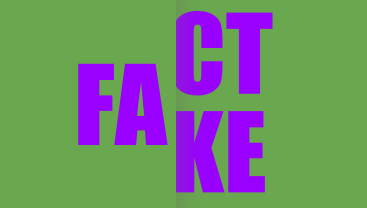
Mis- and disinformation are two of the most insidious tools used to undermine our democracy and the value of every person’s voice. The availability of reliable information may impact whether or not you vote, and how you vote. Misinformation spreading on social media has become a fact of life. It fuels polarization and hate, it drives down trust in institutions, it amplifies fringe science and conspiracies, and it incites violence. Every political and social issue is now impacted by the threat of false and misleading claims that can confuse and radicalize the public.
Mis-and disinformation have eroded the public trust in our democracy and the electoral process. Several polls have found a decline in the confidence in our election systems:
-
An ABC NEWS/Washington Post survey conducted in the days following the January 6th insurrection found that only 20% of Americans feel “very confident” in the integrity of the U.S. election system.
-
56% of respondents of a CNN poll taken in early 2022 said that they have “little or no confidence” that the elections represent the will of the people
-
42% of the Spring 2022 Harvard Youth Poll participants believe that their vote does not make a difference.
Check out our page to learn more.
What is the difference between Mis- and Disinformation?
MISinformation refers to false or inaccurate information that is spread without the intention to deceive. Misinformation can be the result of genuine mistakes, misunderstandings, or the sharing of information without verifying its accuracy. It often spreads UNINTENTIONALLY through social media, word of mouth, or other means.
DISinformation, on the other hand, refers to INTENTIONALLY false, inaccurate or misleading information, spread with the aim of deceiving people or influencing their opinions, beliefs, and/or behaviors, including their voting decisions. Its various forms include junk news, rumors, hoaxes, conspiracy theories, and manipulated media content.
We all have biases in how we view the world and make decisions. While they can be helpful, we can also be exploited by misinformation and disinformation to catch our attention, elicit an emotional reaction, sway our opinions, and sow doubt and confusion.
Check out our Resources page for webinars, videos and more on mis and disinformation